What’s in Store for Retail in 2025?
The latest CPE outlook dives into the key trends shaping the sector this year.
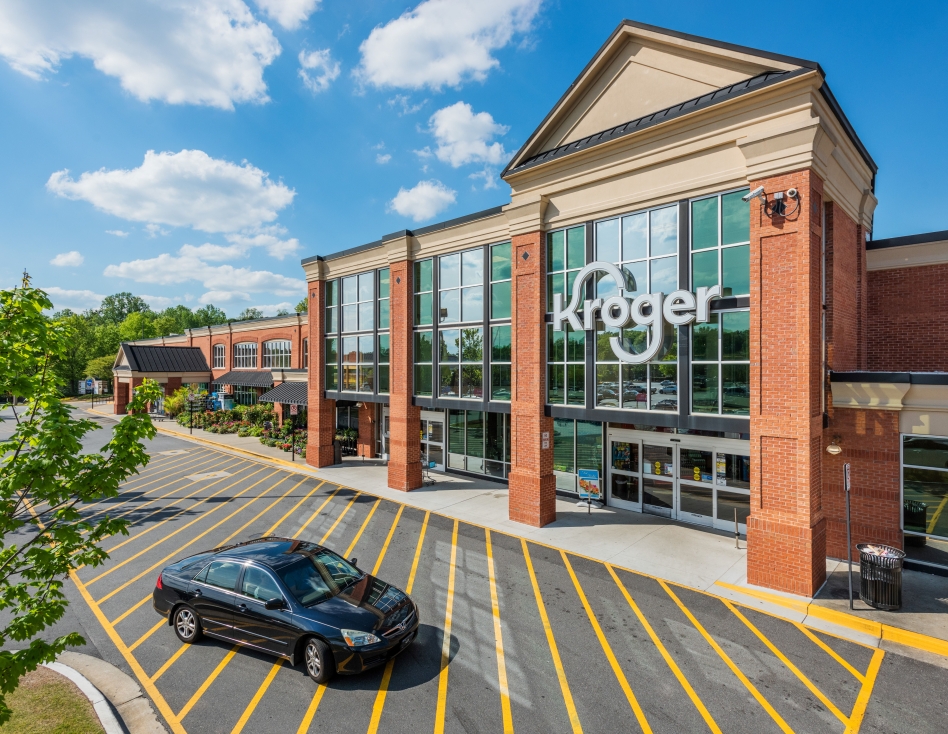
The retail sector is set for yet another year of transformation as it continues to adapt to shifting consumer preferences, economic headwinds and technological innovations.
One of the key trends that will define the sector this year is the steady focus on necessity-based retail, with grocery-anchored shopping centers demonstrating resilience in meeting the demands of evolving demographics. Migration to suburban areas, combined with the influence of hybrid work, are altering retail patterns and driving increased demand for proximity-based and convenience-oriented shopping experiences.
Additionally, with high construction costs and limited new development over the past decade, there will be increased pressure on supply, with competition for existing retail spaces bound to further intensify.
“There has been very little development activity to build new shopping centers over the last 10 years, which is constricting the supply of suburban neighborhood retail locations,” Jeff Edison, chairman & CEO of Phillips Edison & Co., told Commercial Property Executive. “If current trends continue, it will be seven to 10 years before retail construction returns in a meaningful way.”
READ ALSO: Retail Space in Focus: What’s Driving the Sector’s Growth?
As a result, retailers and commercial real estate stakeholders are turning to innovative, community-focused strategies to remain competitive in 2025.
Necessity-based retail still strong
The retail sector experienced multiple shifts in 2024, with both retailers and landlords having to make adjustments, but grocery-anchored retail emerged as a cornerstone of stability amidst broader fluctuations. Edison is confident in the continued strength of these centers. Their resilience is bolstered by consistent foot traffic from consumers who visit grocery stores an average of 1.6 times per week.
Grocery stores play an important role in omni-channel retail and in last-mile delivery. The proximity of grocery-anchored centers to end consumers are also drawing in smaller retailers and local businesses that benefit from the consistent foot traffic. These centers demonstrated their value over the past few years as inflationary pressures drove consumers to seek cost-efficient shopping options closer to home.
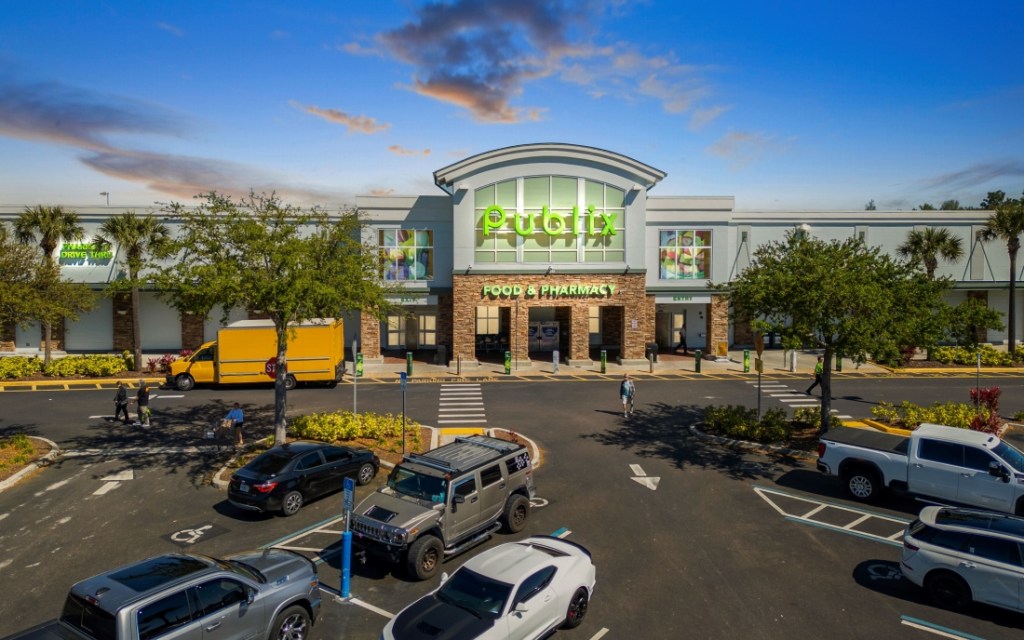
“It’s vital that property owners ensure that centers are well-merchandised and tailored to the needs and demands of the surrounding community,” Edison said. “We call this being locally smart. We look at every center as its own business, merchandising our centers to the neighborhoods in which they are situated.”
Among some of the most popular spaces in grocery-anchored centers are quick-service restaurants, health and beauty, and medtail. These sectors cater to consumers’ increasing demand for convenience and necessity-based goods and services across the country.
However, migration to suburban areas and particularly the Sun Belt region influenced retail’s geographic focus, according to Damon Juha, vice chair of Saul Ewing’s real estate practice. Retailers adjusted their footprints to align with this pattern, with demand particularly high for suburban centers that attract hybrid workers with flexible schedules and drive recurring foot traffic that benefits smaller retailers within the centers.
But the scarcity of available retail space, combined with continued supply chain disruptions and inflation have definitely put a lot of pressure on the sector. Nevertheless, store closures—while disruptive—allowed landlords to reconfigure tenant mixes, often driving up rents and refreshing the shopping experience, said James Breeze, vice president of Global Industrial and Retail Research at CBRE.
READ ALSO: How Geopolitics Will Shape CRE Investment in 2025
“The industry also responded with improved logistics and inventory management strategies, and many retailers invested in technology to streamline operations,” Breeze noted.
Going forward, a stabilization in rental rates is expected, according to Scott Sherman, founder & principal of Torose Equities. This normalization follows the exceptional growth seen in the immediate post-pandemic years and signals a recalibration within the sector.
2025 retail trends and predictions
This year, stakeholders will need to navigate a landscape shaped by evolving consumer behaviors, economic challenges and limited supply, and adaptability will be key.

“CRE stakeholders should prioritize developing adaptable retail spaces that can accommodate diverse retail formats,” Breeze said. “Strategic location selection and improving customer accessibility will be essential moving forward.”
Insurance and capital costs will also remain critical areas of focus, according to Juha. Stakeholders will need to manage these expenses carefully to mitigate risks and ensure profitability. Additionally, there will be significant demand for flexibility in lease agreements, suggesting that occupiers will strive to incorporate escape clauses or renewal options to maintain agility in unpredictable times.
Predictions for 2025 also include an ongoing competition from e-commerce, which will compel retailers to create unique in-person experiences. Aging malls may see significant revitalization efforts or be repurposed into mixed-use developments that incorporate residential spaces.
For retail investors and occupiers, success in the coming years will depend on their strategic swiftness in the face of uncertainty. Breeze believes it’s paramount to embrace flexible property models—like mixed-use or open-air developments—that cater to the changing demands of today’s consumers.
What will be key going forward for investors is their ability to focus on regions with long-term growth potential, while occupiers will try to secure lease terms that offer flexibility to adapt to future shifts. As the industry continues to transform, those who can stay ahead of these retail trends and embrace innovation will be best positioned to thrive in a constantly changing market.

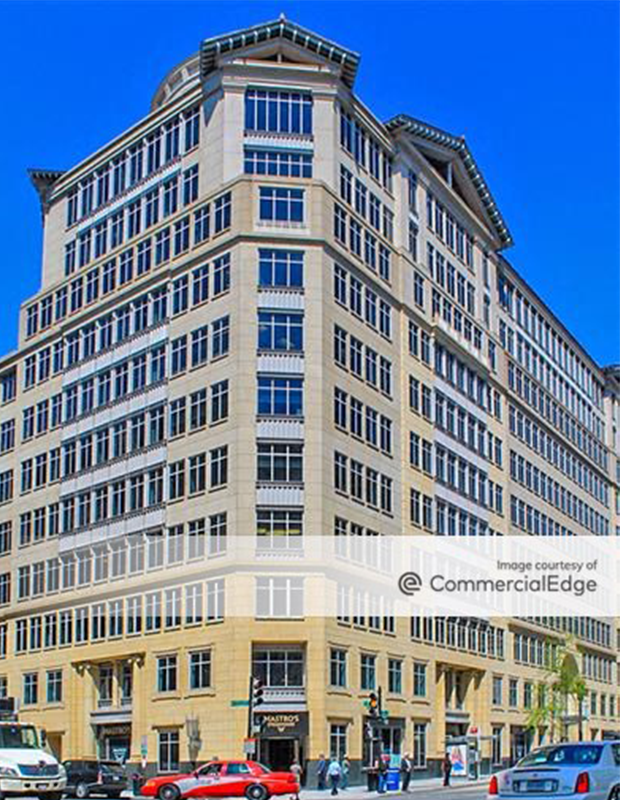
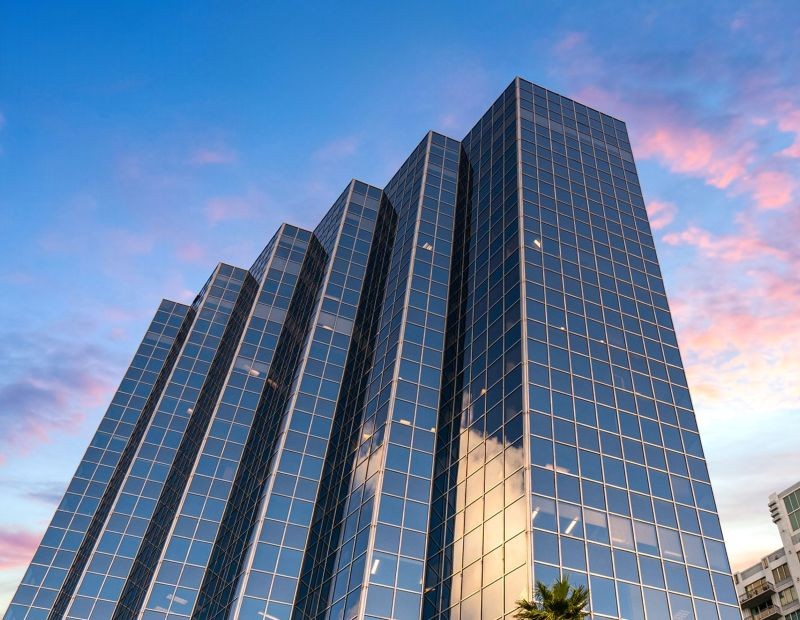
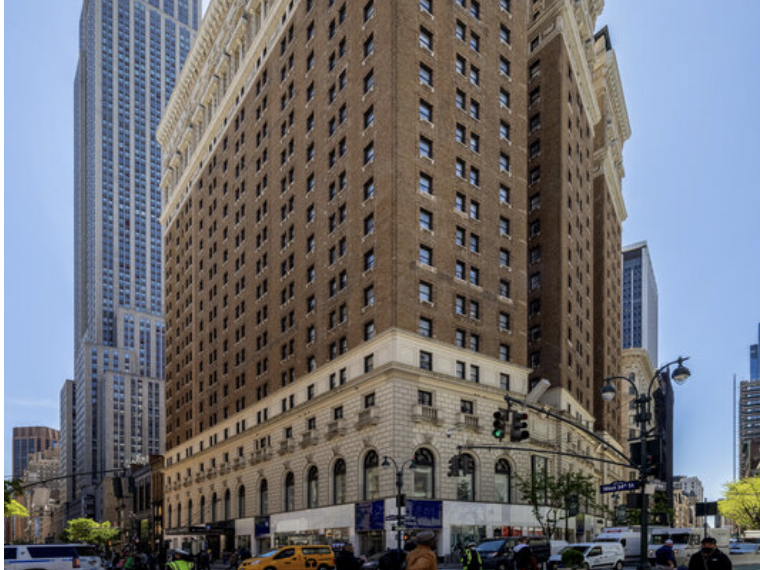

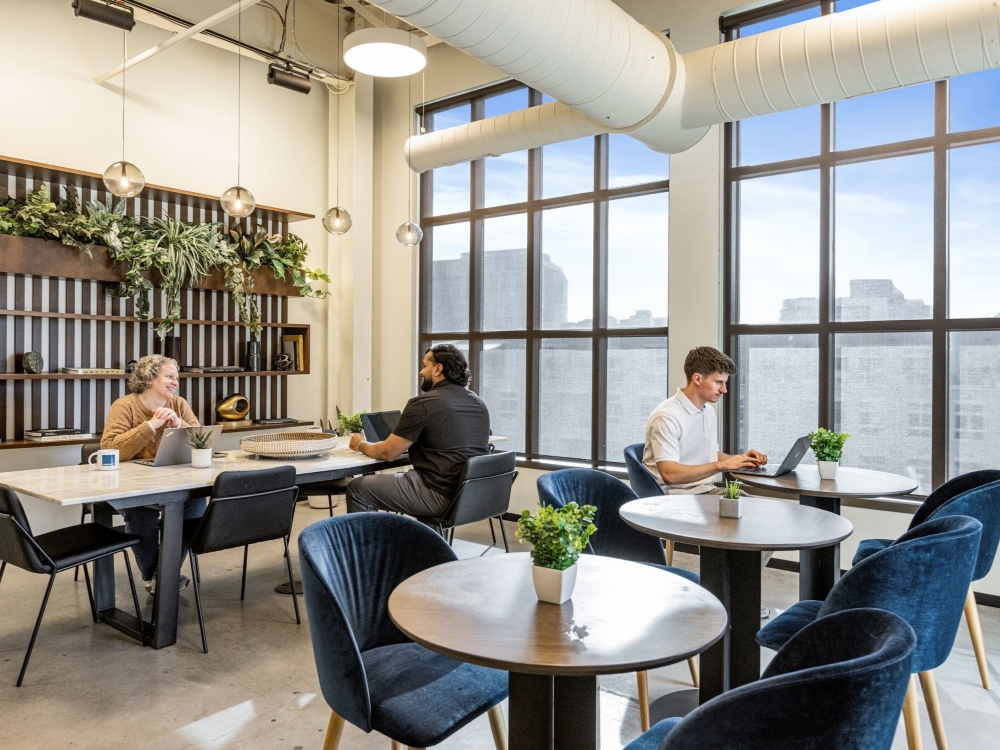

You must be logged in to post a comment.